New-Bees
If you are interested in getting started with beekeeping, your first port of call should be your local beekeepers association. This can give you the opportunity to not only ask questions but, where possible, get supervised, hands on experience of bees in the hive. Your first time with bees will be an exciting experience!

So you've been hooked by this wonderful hobby - where do you start? Between different hive types, accessories and safety equipment - it can all feel a bit daunting. Below is a diagram of the different parts that make up a British Standard National Hive.
The British Standard National Hive (shortened to B.S. National, or sometimes just National) is the most popular hive type in the UK, defined by its square shape. The second most popular is the Langstroth hive, a rectangular design which is larger than the B.S. National.


Roof [A]
Covered with metal to help protect your hive from rain and harsh conditions.
Crown Board [B]
Creates dead air space which insulates against heat and cold, and allows for bees to move above the frames using correct bee space.
Frames [C]
Each frame consists of a top bar, bottom bar or bars and two end bars. Frame size varies according to the hive type and size of the box used. Frames also come in a one piece plastic frame and foundation design.
Foundation [D]
Sheets of either beeswax or beeswax coated plastic that are embossed with honey comb pattern. A foundation sheet with a cell pattern is placed inside each frame to form a base for the wax comb created by the bees.
Super [E & F]
A wooden box normally containing frames which are used by the bees to store honey. The number of supers used depends on the strength and longevity of the nectar flow. Only one type of super (shallow or normal) is normally used at a time.
Queen Excluder [G]
A device made of plastic or metal which allows worker bees to pass through but excludes the queen and drones. Used to confine the queen to a specific part of the hive; usually the brood box so she does not lay brood in the honey supers.
Feeder (not shown)
A device used to feed bees when natural nectar is not available. Many different feeder styles are available that can be located, above within or in front of the brood box.
Brood Box [H]
A wooden box (normally deeper than the Supers) containing frames which are used as the brood chamber for the queen to lay eggs. Some beekeepers use more than one Brood Box to create a larger brood chamber.
Floor [I]
The floor creates the bottom entrance to the hive. Solid or screened floor. Screened floors assist with pest management within the hive.
Hive Stand [J]
Sloping hive stand helps bees with landing at the busy front entrance.

Bees: The fun part! Getting your own bees can sound odd, but it can also be as easy as placing an order for a hive kit - you can order it online and have it delivered! A colony nucleus, or nuc, is beginnings of a stable bee colony, and once it is re-homed in your hive the colony will grow over the summer. Nucs are available in April and May only due to the life cycle of the colony.
Tools: A hive tool and a fuelled smoker, as well as protective beekeeping clothing, are essential for inspections. If you plan on extracting honey, bees will also need feed in spring and autumn, and to be checked for viruses and/or varroa mites - whilst these will be essential practices during your first year, you will likely be able to collect your bees in late spring, and enjoy getting to know your hive for a few months.
